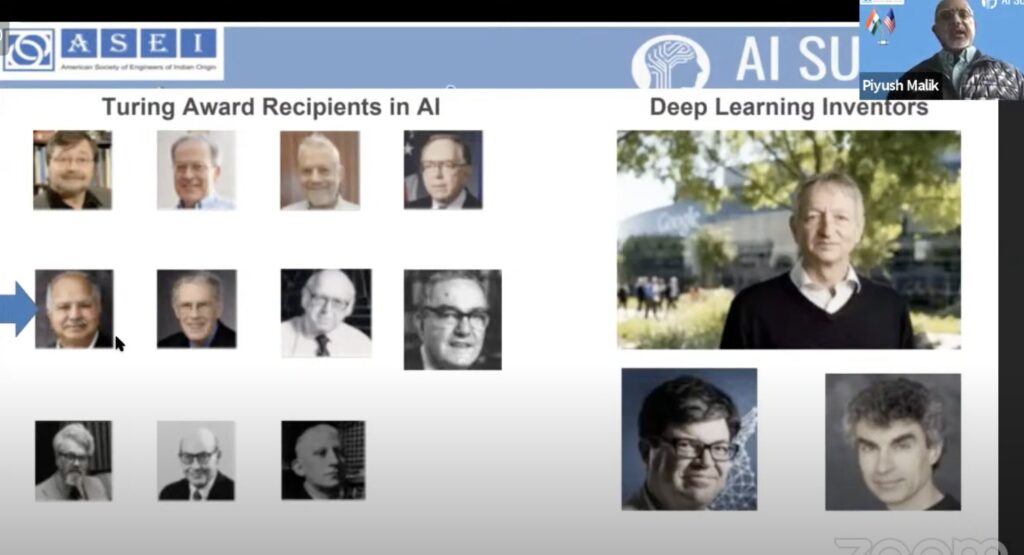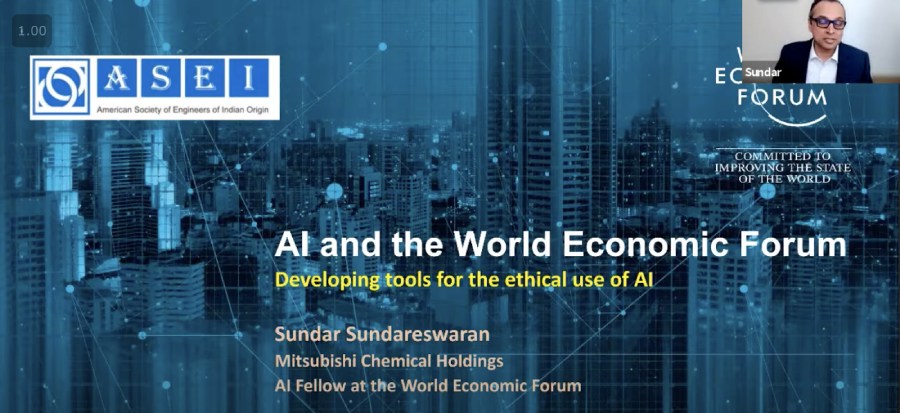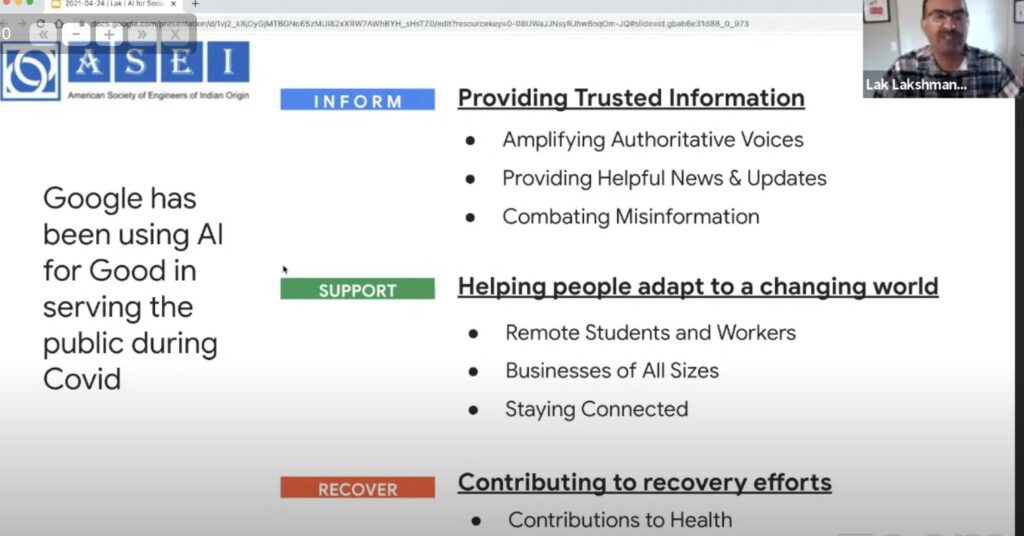Having made enormous fortunes on Earth, billionaires are now racing each other to space. Former Amazon CEO Jeff Bezos, the richest person on the planet was one of four “space tourists” on his private space company Blue Origin’s inaugural human spaceflight that successfully completed on July 20, 2021, the anniversary of the Apollo 11 moon landing. Virgin Galactic owner Richard Branson to speed up his own planned space trip and launch himself into space, nine days before Bezos on July 11th .
Fellow tech billionaire, and third richest person on Earth, Elon Musk is often the most vocal about his space company, SpaceX, and his plans to make humans an “interplanetary species.” Bezos, however, is just as obsessed with outer space as the Tesla founder is. The billionaires concur that it is humanity’s destiny to settle the stars. And, without much real public debate, private space corporations appear to have settled the matter: space will be humanity’s next frontier.
As exciting as it is to see private entrepreneurs blast off for space, the burgeoning race between billionaires Richard Branson, Jeff Bezos and Elon Musk has its fierce detractors. Proponents say these efforts will whet the public’s appetite, help expedite technological advancements and pave the way for economies of scale that will make such journeys relatively affordable. Let’s dig a little more into both sides of the argument.
Affordability and Economics : According to Jon Cowart, a longtime chief engineer and mission manager with NASA who’s now a systems director for the Aerospace Corporation, the price per pound of getting to orbit has decreased tenfold in the past 50 years. Projecting that pace to pick up considerably, Cowart envisions trips to space becoming affordable for the general population by 2060. According to Mory Gharib, director of the aerospace program at the California Institute of Technology, competition from commercial entities seeking to cash in on the new market, technologies of scale and enhanced computational power will drive prices down. Per Garib, people who can afford to fly first class around the world would be able to afford a space flight. The estimated costs will be between $20,000 to $50,000. The Swiss investment banking firm UBS projects space tourism to generate almost $4 billion in yearly revenue by 2030.
The current estimated cost for a 4 minute space ride is around $300,000.
Benefits: Space travel is starting an industry that doesn’t exist right now, so there are economic benefits, jobs, technological advancements, motivation for kids to study and being a part of it. It is inspirational. They could spur new developments that may enhance airline travel and considerably shorten flight times. There’s going to be research conducted and scientific discoveries, so there is a lot of hidden potential as a by-product of space travel.
Carbon footprint : Next two decades are very material for climate change. We lack technologies for low-carbon flying, shipping and concrete. Large parts of the Amazon rainforest now emit more carbon dioxide than they take in, according to a study in the journal Nature. We address this now, or we enter feedback loops that may make much of Earth too hot for humans. For every space flight, the carbon it generates is equivalent to carbon produced running a car (non-electric) for a couple of centuries. Though Bezos argues that within two centuries earth would lack the necessary resources to fulfil all needs and space will be the answer, it might be worth spending effort using natural resources such as sun and wind to fulfil the needs.
Regulations: According to popular magazine Politico, many space policy experts and members of oversight committees in Congress are concerned that the government isn’t prepared for it — especially the office at the Federal Aviation Administration that is responsible for regulating the new industry, but is widely viewed as overworked and understaffed. Whether ensuring public safety, managing growing space traffic, safety of passengers or mitigating environmental hazards, there is no framework for regulating private space travel. One of the challenges facing the FAA is also the lack of knowledge of these new vehicles. Regulations can only be formed when they have enough data on these vehicles.
Call to Action: It’s turning out to be a healthy space race, one not compromising safety so that a commercially viable commercial tourism product can be delivered. Successful spaceflights by the two companies will also help set operational and safety protocols for both the commercial operators and the regulators.
But the challenge will be ironing out the numerous details, large and small. Time will tell if commercial space travel can be accomplished by not tampering with the atmosphere or through other economical and environment friendly means. For now, we can sit back and enjoy the billionaires carving out a new era in private space travel.
Opportunities for technologists as well as entrepreneurs are just opening up. If you are still doubtful and skeptical, think twice how your commute is easier today – is it not because of the GPS technologies that had origins in the Space exploration and Satellite programs from 50 years ago? What about all those location based apps that have become so used to ..think Uber, Lyft, Airbnb etc etc ..none of those would have been possible as one technological innovation stands on the shoulders of the other. That said, Space is indeed the next frontier and the sky is not even the limit !
This article is based on conversations Aditya Guthey, an ASEI Silicon Valley chapter member and a career coach has had with Sania Jain for ASEI Youth Corner. A short excerpt is here ASEI has a partnership with MoonshotJr – a Silicon Valley based startup that accelerates youths’ path from STEM education to entrepreneurship. Click to avail special offers for ASEI community.


















